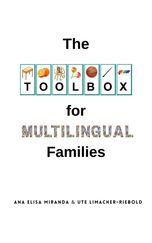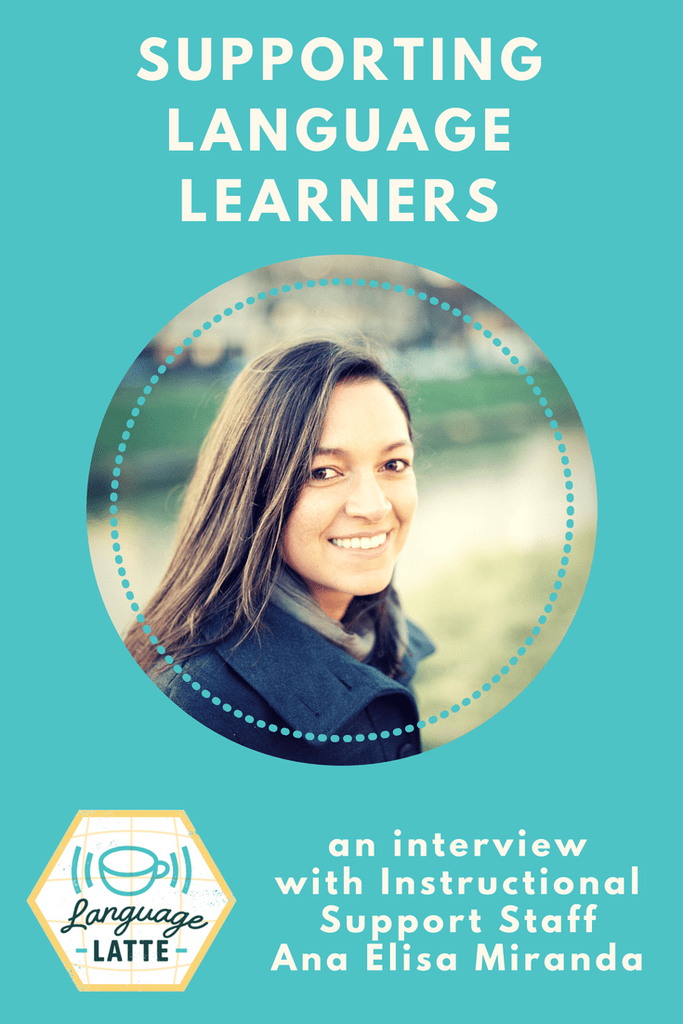A Treasure Hunt is a series of written clues that lead to a treasure. This treasure can be any object, which will be hidden somewhere in your house or wherever you are going to play.
It’s a great opportunity to engage our children in reading and writing, and to develop confidence in creating and playing with languages.
In this video, we talk about:
Beginning or emergent writers
More confident writers
Teenagers
Have you played Treasure Hunt with your children?
Will you try a different way to play?
Let us know in the comments!
***
Resources:
How to make a treasure hunt for kids
Scavenger Hunt Fun
How to sneak in literacy in your multilingual home
How to build your child’s writing confidence
What if my child is reluctant to read and write in our home language?
Find hundreds of activity ideas for your multilingual family on our books:
The Toolbox for Multilingual Families
The Parents’ Guide to Raising Multi-literate Children
It’s a great opportunity to engage our children in reading and writing, and to develop confidence in creating and playing with languages.
In this video, we talk about:
- How to play Treasure Hunt
- How to support the writing process by using a template
- How this activity can benefit our children’s spelling and writing skills
- How this activity builds confidence
- Different ways to play with
Beginning or emergent writers
More confident writers
Teenagers
- Going beyond the template and being creative
Have you played Treasure Hunt with your children?
Will you try a different way to play?
Let us know in the comments!
***
Resources:
How to make a treasure hunt for kids
Scavenger Hunt Fun
How to sneak in literacy in your multilingual home
How to build your child’s writing confidence
What if my child is reluctant to read and write in our home language?
Find hundreds of activity ideas for your multilingual family on our books:
The Toolbox for Multilingual Families
The Parents’ Guide to Raising Multi-literate Children




